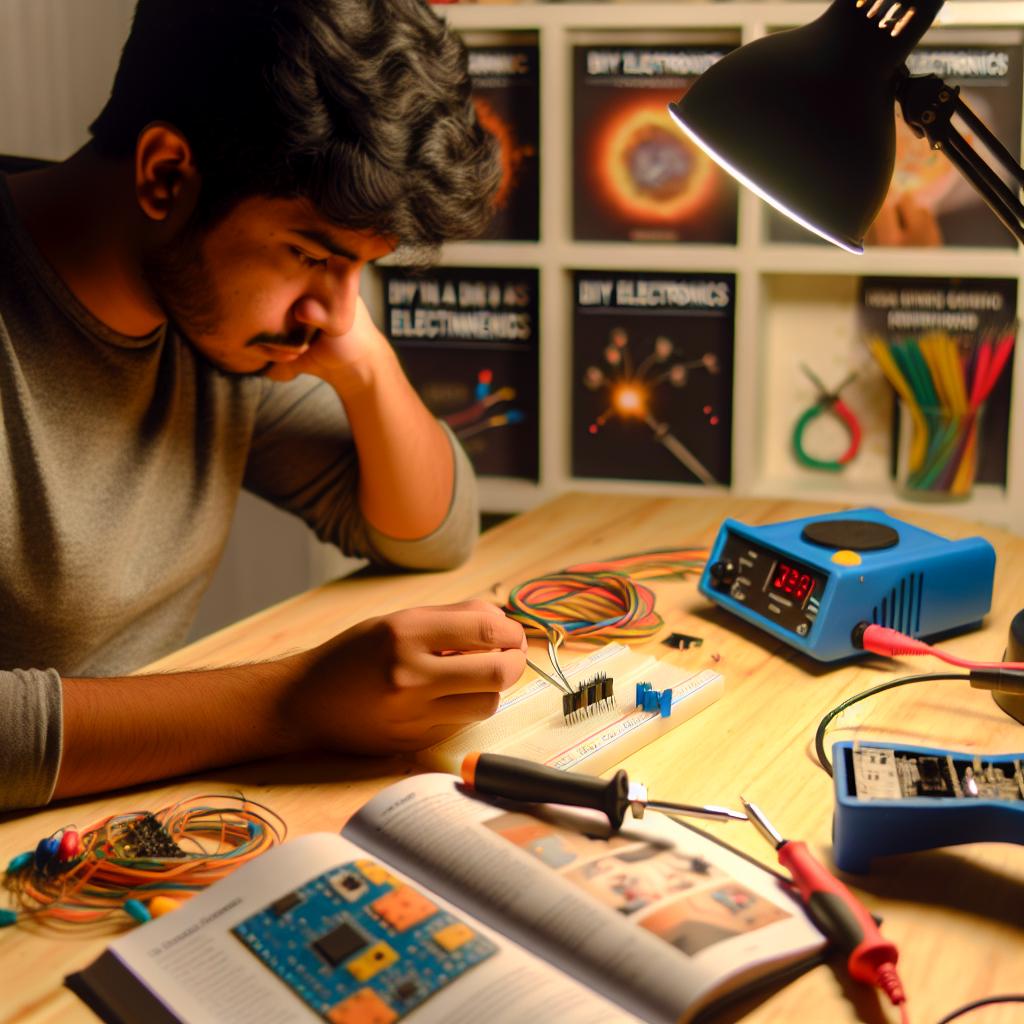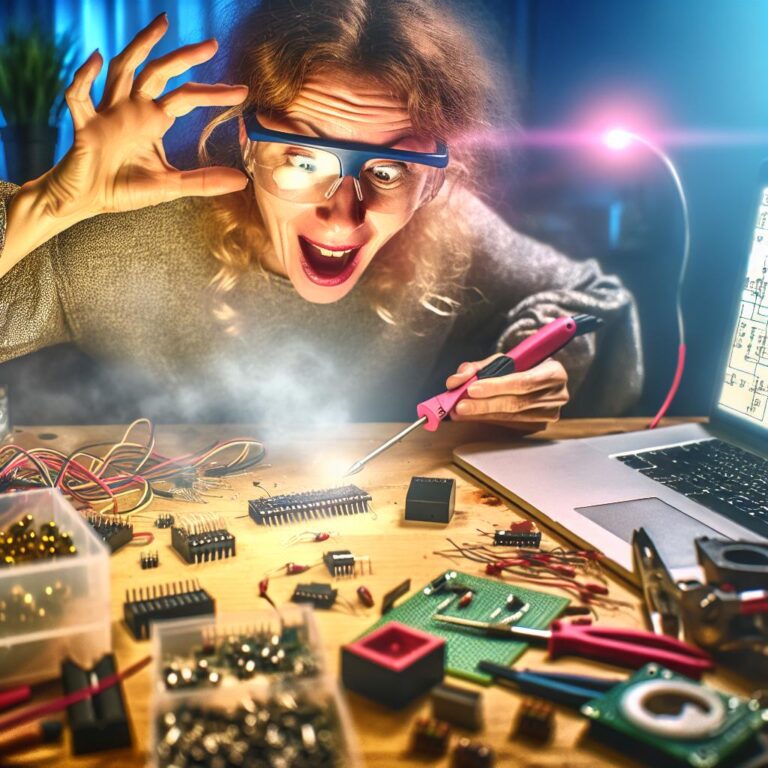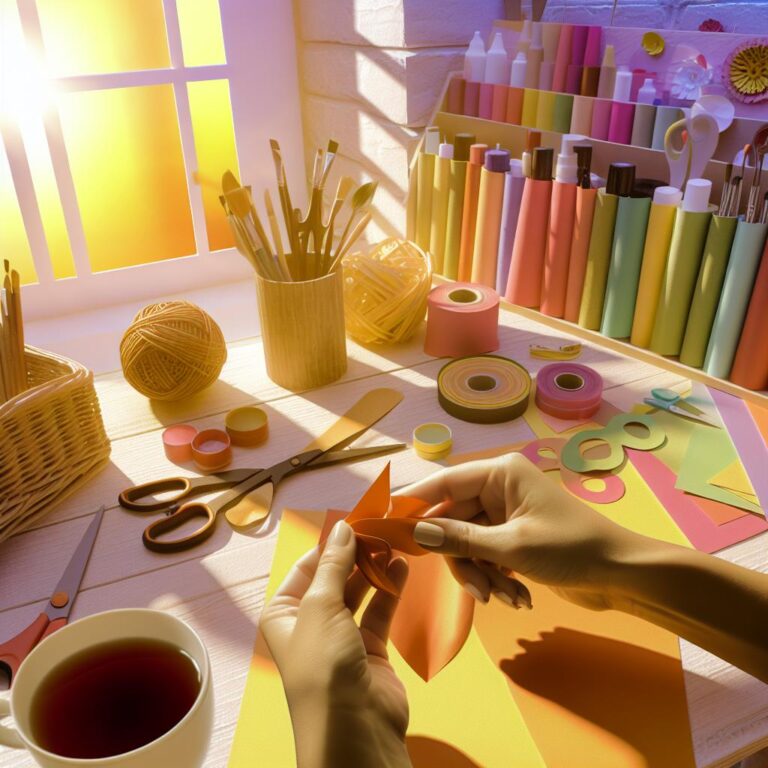- Must-Have Components: Resistors, capacitors, LEDs, transistors, breadboards, microcontrollers like Arduino/Raspberry Pi, wires, power supply.
- Choosing Starter Kits: Look for diverse components, instructions, and online support. Arduino Starter Kit recommended. Pair with multitools like Dremel for hardware tasks.
- Simple Project Ideas: Blinking LED, servo motor control with Arduino, sound card oscilloscope, and LED bar graph display.
- Essential Tools: Multimeter and soldering iron with adjustable temperatures. Use heat-resistant mats and needle-nose pliers for safety.
- Learning Resources: YouTube channels (e.g., GreatScott!), Coursera, edX, and community forums like Reddit’s DIYelectronics.
- Advanced Techniques: Use microcontrollers for energy-efficient projects; troubleshoot with multimeters and oscilloscopes. Consider specialized projects like LED displays and voltage converters.
Jumping into DIY electronics can feel overwhelming, but it's easier than you think. Whether you're curious about circuit projects or choosing the right starter kits, I'm here to guide you. Marketing professionals like us thrive on curiosity and innovation. DIY electronics can inspire fresh, creative ideas for digital strategies. You'll learn how to choose the right tools, discover easy projects, and connect with a community passionate about electronics. Ready to start? Let's dive in!
How Can You Start with DIY Electronics Projects?
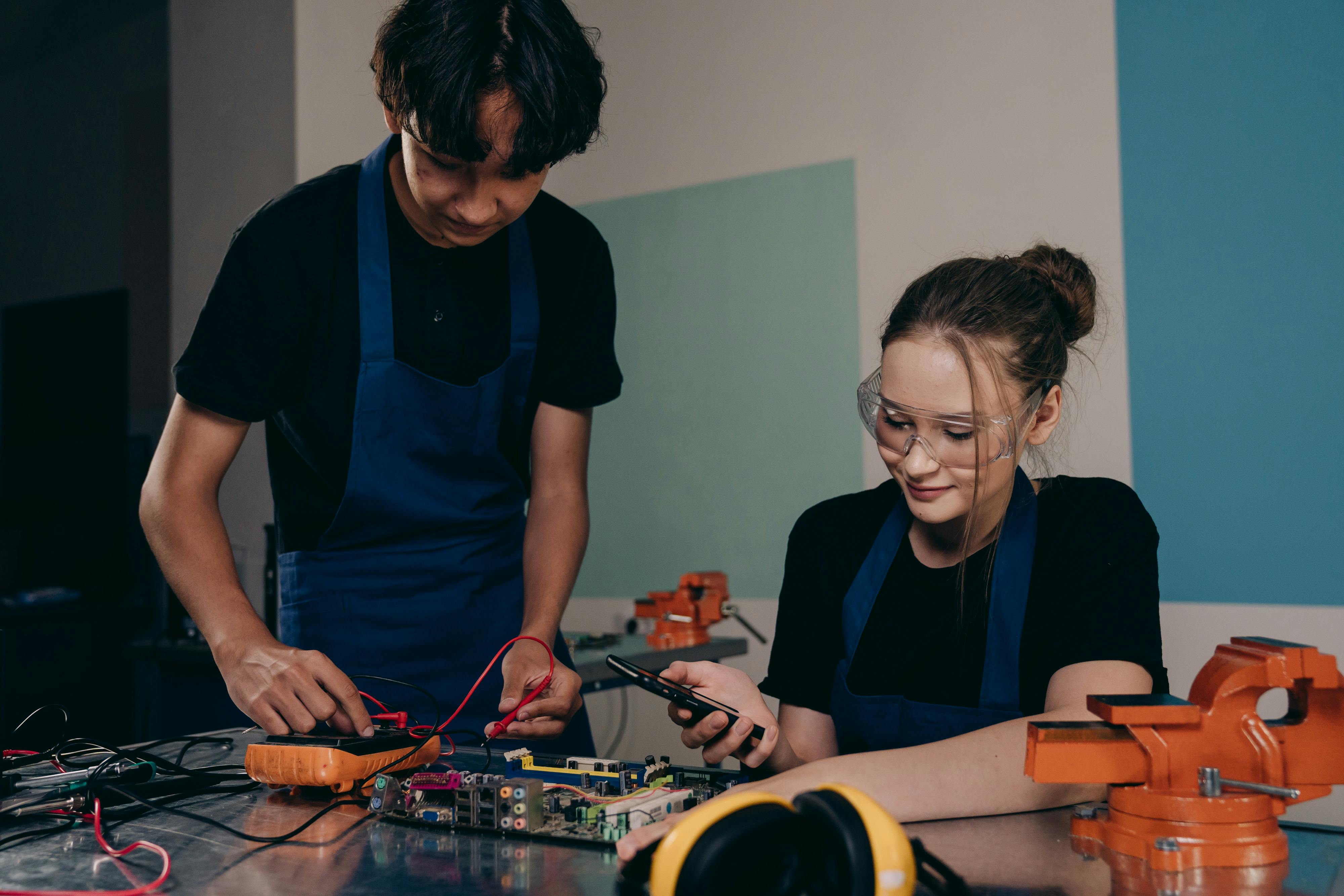
Diving into DIY electronics can be thrilling yet overwhelming. Let's simplify the start, focusing on must-have components, choosing starter kits, and exploring simple projects. With these essentials, you'll build confidence and see progress.
What are the must-have electronic components for beginners?
To begin, you'll need some essential parts. Precision here means starting with resistors, capacitors, LEDs, transistors, and a breadboard. These components let you create basic circuits. Arduino and Raspberry Pi are popular microcontrollers that give your projects brains. They are perfect for beginners because they are versatile and well-supported. Adding wires and a simple power supply rounds out your starter kit.
Understanding these items helps turn ideas into working electronics. Resistors limit current, while capacitors store energy. LEDs emit light when powered, perfect for projects like a simple light-up display. Transistors act as switches, letting you control larger currents. A breadboard is vital for experimenting without the need for soldering. With microcontrollers, you can add memory and processing power, unlocking endless possibilities.
How to choose starter electronics kits that are suitable for adults?
Choosing the right kit ensures a smooth start. Precision requires looking for kits that include a diverse set of components. Good kits have clear instructions and online support. Kits like the Arduino Starter Kit give a balance of parts and project ideas. It fosters confidence by easing you into the world of electronics gently.
The Dremel Multitool is great for hardware-related tasks. Cutting, drilling, and sanding are made simple with this tool. When looking for a kit, consider those which let you see it in action before you start. YouTube tutorials can help you understand the contents and how they fit together. Match the projects with your interests. If tinkering with robots excites you, choose a kit with motors and sensors.
What are some simple circuit projects to build confidence?
Starting small sets you up for bigger success. A blinking LED project is a classic—an easy win. It involves connecting a LED with a resistor to a power source. This project teaches basic circuit design and gives you a light show.
For more thrill, try a servo motor control project. This uses Arduino to move a motor to specific angles. Understanding servo control gives you a sense of precision and kinetics. Another fun project is constructing a sound card oscilloscope. It turns your computer into a diagnostic tool for checking signal patterns. You can see the waveforms produced by different sounds.
For the adventurous, an LED bar graph display project is fantastic. This involves using transistors to create a visual indicator for voltage levels. It is useful for projects like measuring temperature or water level. Projects like replacing a laptop cooling fan teach hands-on problem-solving. If you're interested in energy efficiency, explore creating an energy-saving Christmas decoration using low-power modes on Arduino.
These projects showcase how playful electronics can be while building your skills. As you complete each one, your understanding deepens, paving the way for more complex DIY experiments. Becoming a part of a community, like on forums, will connect you with fellow enthusiasts, offering inspiration and support. Engaging with a community brings new ideas and friendship along your DIY journey.
What Tools and Kits are Essential for DIY Electronics?

Getting started with DIY electronics begins with the right tools. First and foremost, a multimeter is something you will always need. It helps you measure voltage, current, and resistance. This is important for testing circuits and figuring out problems. Without it, you might find it hard to know what's wrong or measure changes.
Another key tool is a soldering iron. Learning to solder is a must. You will join components like resistors and capacitors to circuit boards using the soldering iron. A good starter choice is a soldering iron with adjustable temperatures. This lets you work with different types of solder and components safely. For instance, low temperatures prevent damage to more delicate parts.
When soldering electronic components safely, always work on a heat-resistant mat. This protects your work surface from melt marks or damage. Use a pair of needle-nose pliers for handling hot parts. They help keep your fingers safe. To learn more about soldering, look for diy soldering guides that teach proper techniques.
Now, let's talk about electronics kits for adults. These are great to start small projects without stress. Starter electronics kits often come with a mix of common components. These could be resistors, LEDs, capacitors, and a breadboard. The kits help simplify the learning process by offering basic lessons in circuit design.
To test and measure electronic signals, consider building a sound card oscilloscope. This turns your computer into a test device. These are more affordable than many digital oscilloscopes. An oscilloscope is useful for complex projects like observing waveform changes. Here's a detailed link for checking these products out.
Are you considering projects for microcontrollers like Arduino? An Arduino Pro-Mini is an excellent choice for handheld gadgets. If working on low-power projects, you'll find it useful. It can run a 3V button cell for years in 'SLEEP_MODE_PWR_DOWN.' But it requires extra tools like an FTDI USB to serial converter for programming. Use an Arduino UNO as an ISP programmer; it’s great for reprogramming.
Online platforms like Amazon are perfect for buying electronic components. They offer a wide choice at various prices to suit your budget. You can read reviews to learn from other buyers and make a better choice. Look into essential extras such as jumper wires and breadboards, too. They make setting up and testing circuits smoother.
Projects using microcontrollers can get more exciting with voltage multipliers. They are great for driving LEDs efficiently. You might also learn how to make a voltage level converter with three resistors. This bridges a 5V FTDI serial adapter to a 3.3V microcontroller. Understanding these will enhance your DIY skills, helping you adapt to different components.
Lastly, don't forget the Dremel Multitool. It is excellent for creating enclosures, modifying boards, or building hardware. You'll find it versatile in countless DIY settings. It simplifies many of the physical tasks associated with electronic projects.
Equipped with these basics, you'll be ready to dive deeper into DIY electronics with confidence and a sense of adventure.
Which Platforms and Resources Enhance Learning in DIY Electronics?
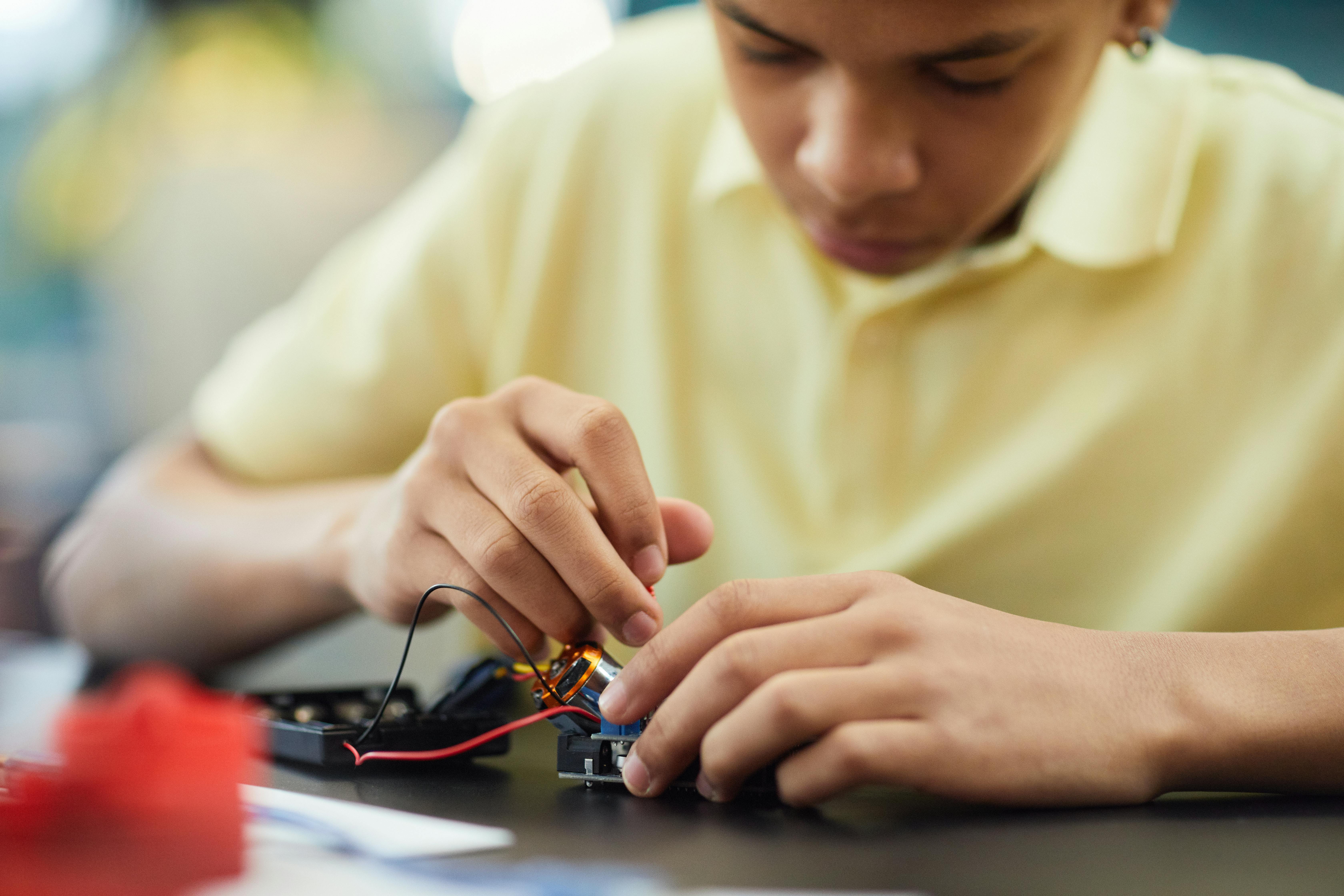
For those beginning their journey in DIY electronics, finding the right learning resources is crucial. Let's start with online tutorials. Websites like YouTube host vast collections of DIY electronics tutorials that cater to all skill levels. Channels such as "GreatScott!" or "ElectroBOOM" offer engaging content with clear, step-by-step guidance. They are ideal for learning how to build electronic circuits, handle components, and understand the basics of electronics.
When it comes to learning platforms, several structured courses and forums enhance the DIY electronics experience. Websites like Coursera and edX provide comprehensive courses on electronics and circuitry basics. They offer structured learning paths, including quizzes and community support. You can also explore [Amazon](https://www.amazon.co.uk/gp/search?ie=UTF8&tag=hdi00-21&linkCode=ur2&linkId=9394ffa9216b0cab2c20934919ad271f&camp=1634&creative=6738&index=electronics-uk&keywords=electronic components) for essential electronic components you need to practice at home.
How can you efficiently plan and execute a DIY electronics project? The key is clear project planning. Start by sketching the project idea and listing needed components. Then, develop circuit diagrams and use simulation software like Tinkercad. By testing circuits virtually, you avoid costly errors. Break down tasks into simple steps and set achievable milestones to keep progress steady.
Community forums and groups contribute greatly to learning and troubleshooting electronics. Reddit's DIYelectronics is a lively forum where you can connect with other enthusiasts. Here, you find discussions about project ideas, challenges, and solutions. Local Maker Groups also organize meetups and workshops, providing excellent opportunities to learn and collaborate.
Learning through projects is both satisfying and practical. Consider starting with simple projects like making LEDs blink or assembling a basic radio. These projects teach important skills, such as soldering, circuit design, and problem-solving. Every project completed not only boosts confidence but also deepens understanding.
Advanced learners might be interested in microcontroller projects, like the Arduino ultra-low power project you read about earlier. This teaches power consumption management, an important aspect in electronics. Use these projects to gain deeper insights into device control and sustainable design.
Remember, the most valuable resource in DIY electronics is curiosity. Continue exploring new projects, seeking advice, and sharing your knowledge. By embracing learning platforms and resources smartly, you'll master the art of making.
How to Innovate and Troubleshoot in DIY Electronics?
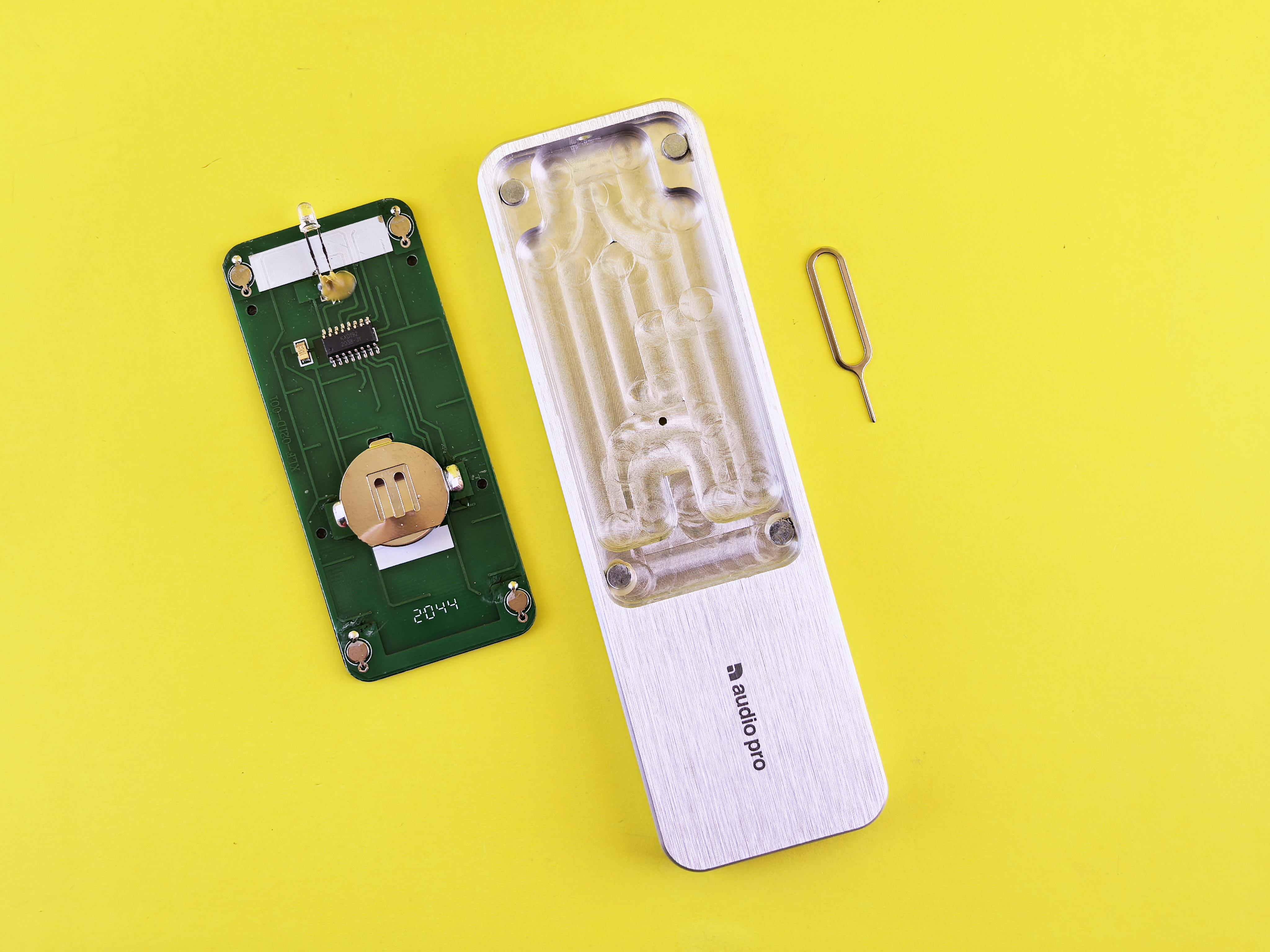
Innovating with microcontrollers and smart home technology opens many doors. Think of them as the brains of your projects. Microcontrollers, like the Arduino or Raspberry Pi, control gadgets by sending commands. For example, you can design an LED light that changes colors when it rains.
To get more out of your microcontrollers, use them in creative ways. You could build an energy-efficient Christmas light display. The Arduino can run in ultra-low power mode, using less than 5µA. This method keeps lights powered by a single battery for years. By utilizing 'SLEEP_MODE_PWR_DOWN,' lights can shine brightly while saving energy.
Consider using the Arduino Pro-Mini for small and portable projects. It is great for battery-powered gadgets, though it needs an FTDI USB adapter to program. The absence of onboard USB needs a separate programmer, but an Arduino UNO can serve as a programmer to reprogram the Pro-Mini. This setup optimizes the board's function and extends battery life through efficient power use.
For lighting solutions, use voltage multipliers with microcontrollers. These devices help when batteries run low, typically below the levels required for LED brightness. Voltage multipliers improve the energy efficiency of your gadgets by making the most of limited power.
Troubleshooting is vital in DIY electronics. First, always check your connections. Loose wires often cause issues. Use an oscilloscope, which can test each part in your circuit. A sound card oscilloscope is both affordable and effective for DIY users. It helps you measure and understand circuits without expensive tools.
Make sure your soldering is clean and correct. Excess solder can cause unwanted connections. Small errors often lead to big problems. For example, ensure the placement of each component is correct; even one wrong resistor placement can disrupt the entire design.
Common tools are key for both creativity and repair. A multimeter is essential for checking voltage, resistance, and current. These readings offer insight into how your device is functioning. A Dremel Multitool is invaluable for building circuit enclosures or modifying boards.
Another handy tool is the servo motor run by the Arduino 'Servo' library. It allows you to control movement in your projects. For example, you might use it to create moving parts in a robot or a sensor that spins with the wind.
Some cool projects involve simple repairs. Imagine fixing a noisy fan in an old laptop, like a Sony Vaio. By following a guide, you can swap out the old fan for a new one. This process improves performance and quiets the device, ensuring smoother operation.
When components do not match, build a voltage level converter with three resistors. It converts a 5V adapter to work with a 3.3V microcontroller. This simple fix prevents damage to your delicate devices.
For fun experimental projects, create an LED bar graph with transistor drivers. This setup displays levels such as temperature or fluid levels. It's a useful and enjoyable way to visualize data without special circuits.
DIY electronics blend creativity with practical skills. Do not hesitate to try new ideas and fail a little. Each attempt brings you closer to a successful electronic innovation.
Conclusion
Diving into DIY electronics can be thrilling and educational. We looked at vital components, starter kits, and simple projects to boost your skills. Choosing the right tools and kits is crucial for safe and effective home projects. We've also explored where to buy components and find online resources to learn and connect with others. Remember, innovation and troubleshooting are key to success in electronics. Use microcontrollers or smart home tech to spark creativity. Keep learning, experimenting, and sharing your knowledge as you grow in this exciting field.

